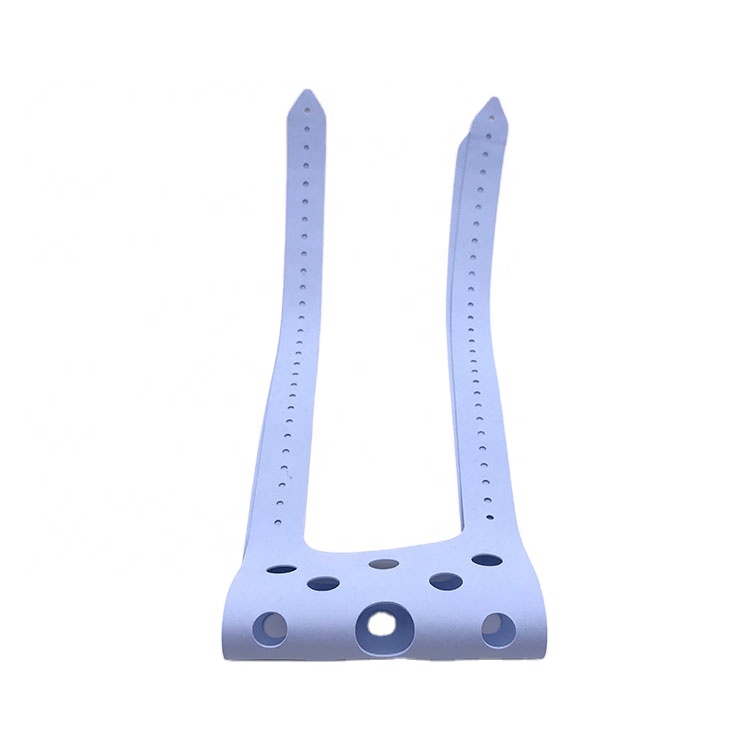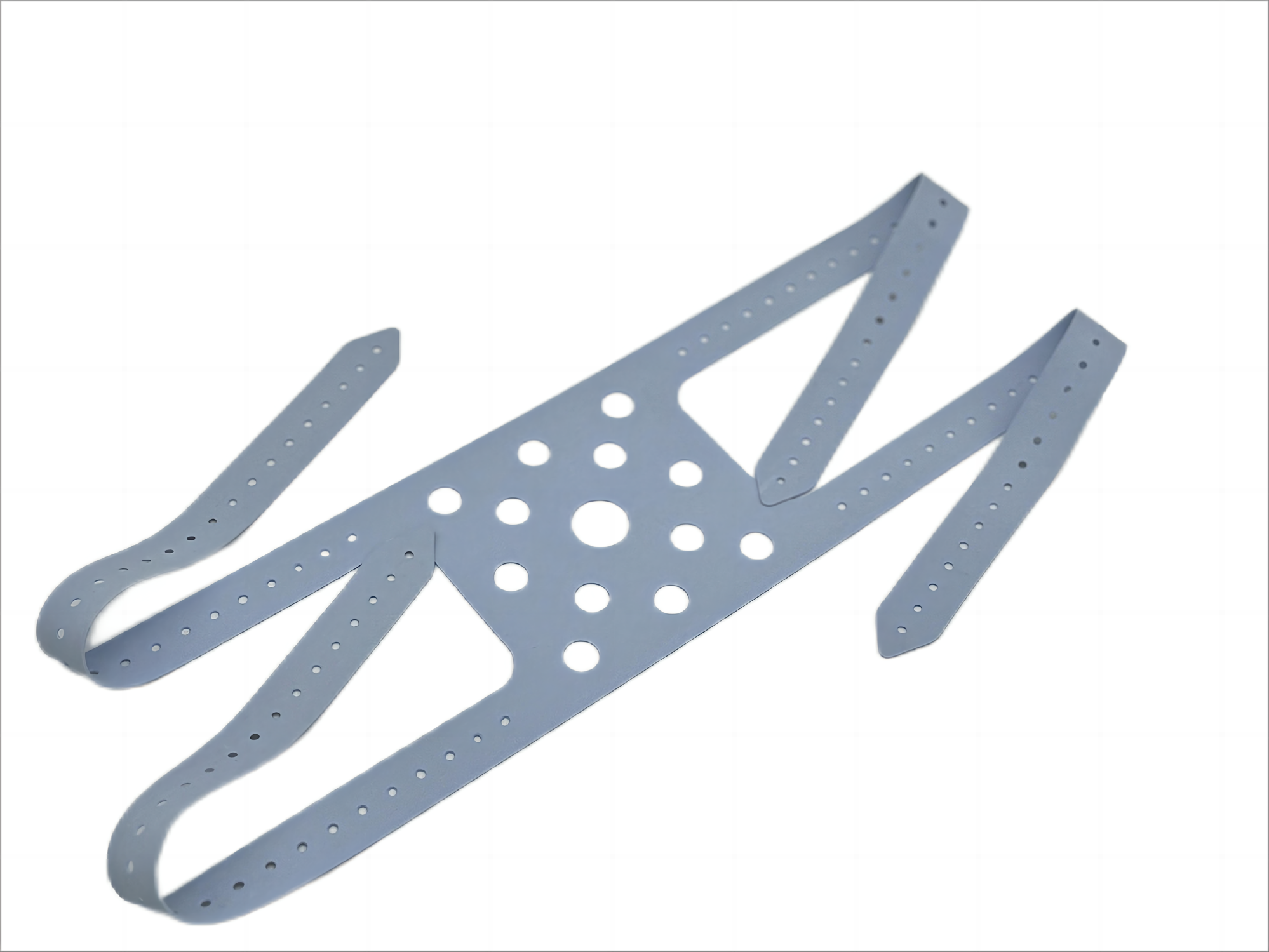Material: Synthetic rubber
Size: 66*10*0.1CM
| Availability: | |
|---|---|
| Quantity: | |
PP-MD0819
When we need anesthesia for surgery, the anesthesiologist will use an anesthesia mask to correctly deliver anesthesia drugs to the patient's airway. To ensure that the mask tightly fits the patient's mouth and nose, anesthesia masks are used to secure the mask.
Generally, this type of mask is made of soft and durable materials, and considering latex allergy populations, our anesthesia mask is made of synthetic glue, which is closer to the skin and can comfortably wrap around the patient's head. There are eyelets on both sides that can be adjusted to fit different patient head sizes.
When we need anesthesia for surgery, the anesthesiologist will use an anesthesia mask to correctly deliver anesthesia drugs to the patient's airway. To ensure that the mask tightly fits the patient's mouth and nose, anesthesia masks are used to secure the mask.
Generally, this type of mask is made of soft and durable materials, and considering latex allergy populations, our anesthesia mask is made of synthetic glue, which is closer to the skin and can comfortably wrap around the patient's head. There are eyelets on both sides that can be adjusted to fit different patient head sizes.










As a key tool for fixing anesthesia masks, the use of anesthesia mask straps is actually very simple.
Firstly, organize the anesthesia mask and place it correctly on the patient's mouth and nose to ensure that the mask fits the patient's face.
Next, slowly wrap the mask around the patient's head and adjust it according to the actual situation to ensure a comfortable fit for the patient. At the same time, before surgery or during anesthesia, it is convenient for anesthesiologists or nurses to closely observe the position and sealing of the mask, which can be adjusted at any time to ensure the smooth delivery of anesthetic drugs and provide sufficient oxygen and respiratory support for patients.
As a key tool for fixing anesthesia masks, the use of anesthesia mask straps is actually very simple.
Firstly, organize the anesthesia mask and place it correctly on the patient's mouth and nose to ensure that the mask fits the patient's face.
Next, slowly wrap the mask around the patient's head and adjust it according to the actual situation to ensure a comfortable fit for the patient. At the same time, before surgery or during anesthesia, it is convenient for anesthesiologists or nurses to closely observe the position and sealing of the mask, which can be adjusted at any time to ensure the smooth delivery of anesthetic drugs and provide sufficient oxygen and respiratory support for patients.